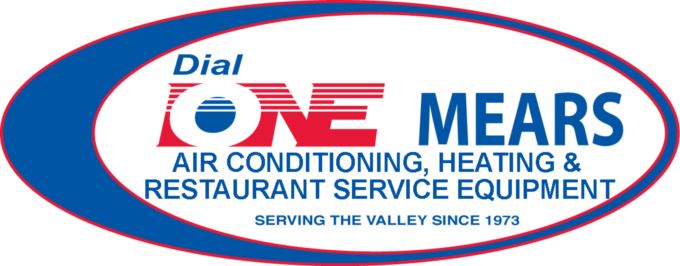
If you’re thinking over air conditioner installation in Phoenix, you should also be looking at your new air conditioner’s SEER rating.
SEER means Seasonal Energy Efficiency Rating. In short, it looks at how efficient your air conditioner is at turning electricity into cooled air. A greater number means your air conditioner is more efficient, which is good for your electric costs.
However, there are lots of varying solutions on the market for air conditioners. And a greater SEER number typically includes a higher price tag. So, how do you know which one is best for your house?
At Dial One Mears Air Conditioning & Heating Inc, we provide a free, no-pressure home comfort analysis. You can request one by contacting us at 602-789-3315. Our knowledgeable air conditioner installers will partner with you to help you choose the right air conditioner for your family. Plus, they’ll also provide you with a free, no-obligation estimate.
Right now, let’s discuss SEER ratings and how they can influence your family’s comfort. And your electrical expenses.
What Does the SEER Rating Really Matter?
In 2016, the federal government created new SEER guidelines. New air conditioners must be at minimum 13 SEER in the northern United States and 14 SEER in the southeast and southwest. If you’re unsure when you had your air conditioner put in or what its SEER rating is, you can locate the sticker on the condenser outside your home. If you can’t see the sticker, you can get in touch with us at 602-789-3315 for help.
If your air conditioner was put in in advance of that time, it’s probably much less efficient. Air conditioning technology has rapidly advanced in the past few years, with huge advances in energy efficiency and smart home capacity. Pairing your new air conditioner with a smart thermostat could help you save even more on electrical expenses, because the thermostat can intuitively adjust your temperature settings when you’re away.
If your current air conditioner has a SEER rating between 8 and 10, getting a 14-SEER system could save you an estimated 30–50% on annual electrical expenses. Your savings are contingent upon your air conditioner size and your temp settings.
Is a Higher SEER Rating Always Better?
An air conditioner with a higher SEER rating will be more efficient at transforming electricity for cooling. The most efficient ones, which can go as big as 26 SEER, have ENERGY STAR® endorsement. This certification means the air conditioner matches EPA requirements for energy savings and environmental conservation.
While ENERGY STAR air conditioners are frequently more costly, you’ll usually get the difference back throughout the years through lower electrical costs. These air conditioners, which are typically rated 16 SEER and higher, need about 8% less electricity than other new units, according to ENERGY STAR.
One of the biggest differences between a 14 SEER and 16 SEER is variable-speed capability. A variable-speed air conditioner can work at different speeds. This fine-tunes comfort for your residence while keeping your power bills down. It can also keep temperatures and humidity more even, since it can work for longer without consuming a lot more power.
When installing a variable-speed air conditioner, you’ll want to make sure that your furnace or air handler is compatible. This is due to the fact your air conditioner depends on this equipment’s blower to disperse cold air throughout your home. Furnaces only work for about 20 years, so if yours is around that mark, we recommend furnace installation at the same time so you can get all the perks of your variable-speed air conditioner.
When you’re set to replace your air conditioner, the cooling specialists at Dial One Mears Air Conditioning & Heating Inc are available to support you. Give us a call at 602-789-3315 to schedule your free home comfort analysis right away.
